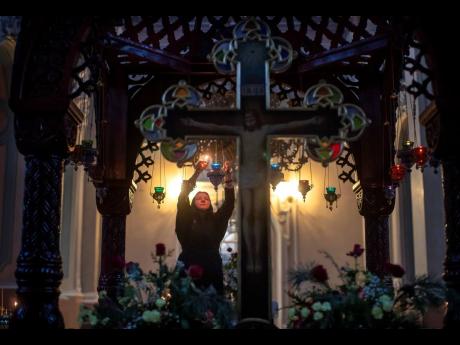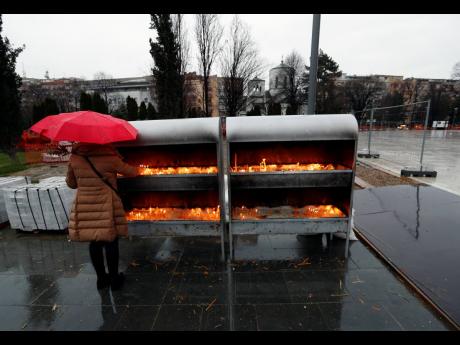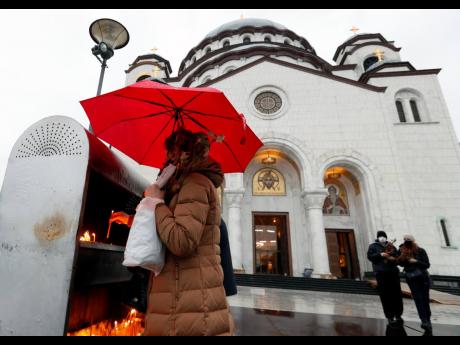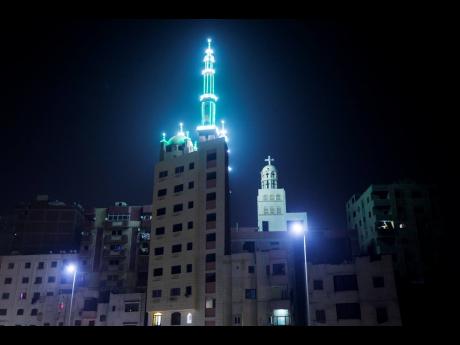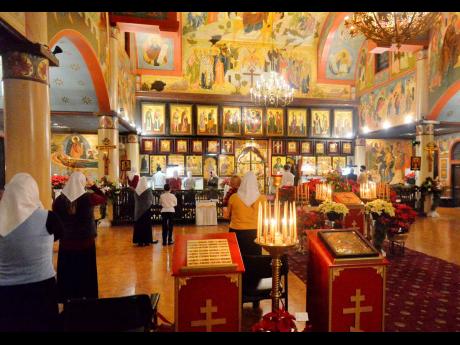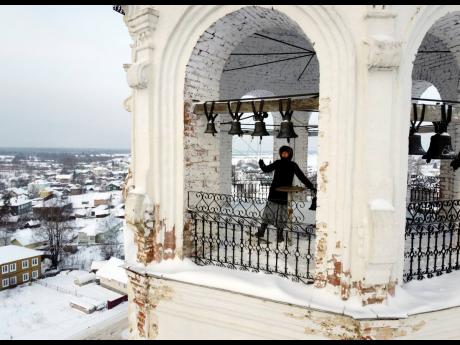A Christmas in January
It is the most wonderful time of the year, and there is certainly something in the air that is indescribable. There are festivities and blessings in abundance – December and Christmas are synonymous. For the Russian Orthodox Church, January is when Christmas festivities make the country come alive. It is one of the 12 Great Feasts, and one of only four of which are preceded by a period of fasting.
Christmas is the second most important religious celebration in the Orthodox Christianity tradition, after the most important one, which is Easter. In Russia, it is celebrated on January 7, and is a public holiday. The differences in dates with the western Christmas celebration is explained by the different type of calendar the Orthodox Church uses – Julian calendar (also referred to as “the old style”), which differs from the Gregorian calendar (the one we normally use in daily life) by 14 days. So, consequently, in Russia there is also a second “Old” New Year celebration as well – on the January 14 (though, it is not a national holiday).
In pre-Christian times, several days right after the December 22 were dedicated to a wide celebration of Svyatki (time of light/lightening). Svyatki marked the passing of the point of winter solstice after which the day once again started to grow, symbolising a victory of the light over the darkness. Traditionally, Svyatki celebration would include folk theatres, door-to-door song singing, and entertainment for kids and their parents. But even nowadays unmarried young ladies will continue to gather on Svyatki nights (a few consecutive nights right after the Christmas) to make attempts at fortune-telling.
BEGINNING OF A NEW YEAR
When Christianity became a state religion in Russia after the baptism of knyaz (prince) Vladimir I, in 988, people started to celebrate Christmas as the beginning of a new year. In between the Christmas and Maslenitsa (a weeklong festival that marks the end of winter and is celebrated in February or March) tradesmen used to conclude contracts, everybody tried to complete the unfinished businesses and start new ones.
Back in the day, Christmas could be celebrated for up to a week, because, by January, the autumn agricultural season was already over and common folk had plenty of time to spare. In the bigger cities (such as Saint Petersburg and Moscow), citizens used to organise big fairs and festivals with ice-skating sites, puppet shows of the Nativity and other entertainment.
There is also plenty of customs associated with the Christmas celebration in Russia. As Christmas Eve is the last day of the approximately monthlong Lent, there is a tradition to abstain from food during that day and begin the celebration only after the first star appears in the night sky – as a symbol of Christ’s birth.
During the Christmas time people used to try and bring as many changes to their lives as possible: to put on new clothes and make expensive purchases. The following tradition was spread in the rural regions. In the autumn, immediately after the harvest was over, a farmer, usually the head of the family, put his best cereal sheaf in front of the household icons, as the symbol of gratitude to God for the harvest. On Christmas Eve, the sheaf would be burnt in hopes of the next year’s yield.
SINGING OF CAROLS
Another tradition was the singing of Christmas carols or koliada. People were visiting neighbours and singing songs, praising the birth of Jesus Christ. In the days of the Russian Empire, a big procession, headed by the Patriarch of the Russian Orthodox Church, would visit the Emperor’s Palace to sing a carol for the royal family.
Christmas was also time for presents and feasts. More prosperous families could afford themselves to serve 12 dishes to symbolise Jesus Christ’s 12 Apostles. But the dinner on Christmas Eve would still be lenten and no alcohol would be served. Sometimes garlic would be put on the four corners of the table to remember the dearly departed.
In nowadays Russia, you could witness some of those traditions as well, but today Christmas is much more of a religious celebration. Christians will go to church service during the Eve night and on the Christmas morning. The main service at the central Christ the Savior Cathedral in Moscow would be broadcasted on one of the biggest television channels. The social part of the end-of-year celebration, though, moved to the New Year night and day, with all the giving of presents, socialising, and gathering on the streets, at restaurants and around family tables.
Information courtesy Embassy of the Russian Federation in Jamaica.

